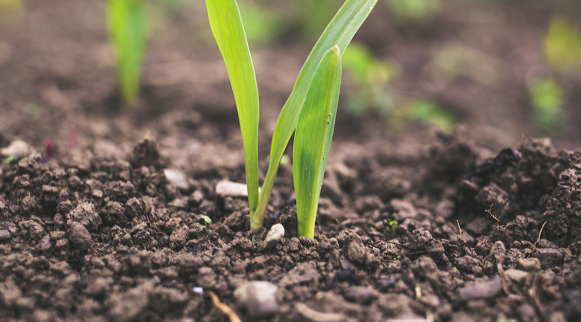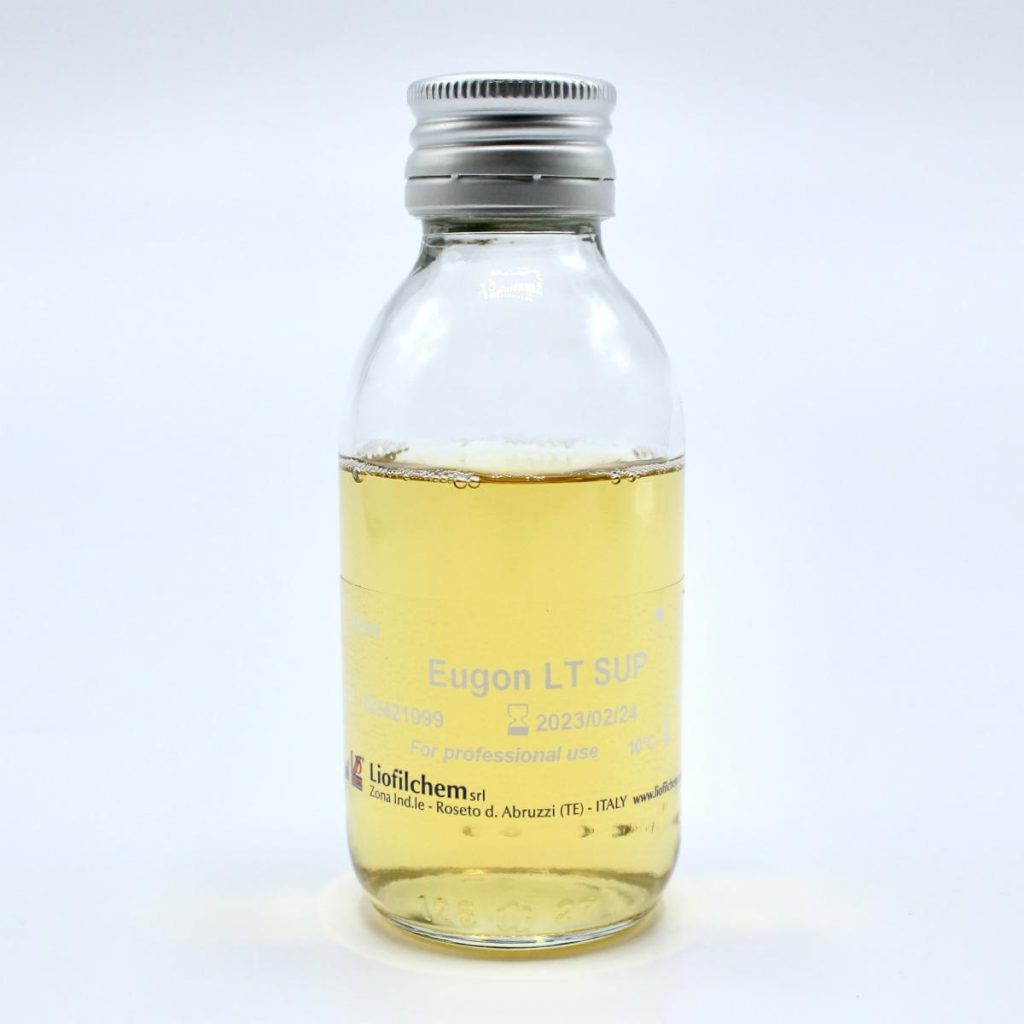The population of microorganisms in the soil are affected or influenced by many factors including soil moisture, pH, temperature, aeration, and amounts of organic and inorganic nutrients.
- Temperature: Microorganisms have different range of temperature in which they thrive and reproduce. While some organisms can tolerate and thrive in high temperature conditions, other microbes can only thrive in low temperatures. Microorganisms can thus be described as mesophiles, thermophiles or psychrophiles depending on their temperature range.
Mesophiles (mesophilic microbes) grow at temperature range of 25-35oC while thermophiles (thermophilic microbes) grow at higher temperatures such as 45-65oC and above.
Psychrophiles are microbes that thrive at lower temperatures such as 20oC and below. Most microbes are mesophiles and thus soil-borne microorganisms are mesophilic in nature and thus are able to thrive at temperature range of 25-35oC that can be found in the soil.
- pH: pH denotes the hydrogen ion concentration of any environment. While some microbes can thrive in environments with higher pH levels (alkaline), others manage to thrive in environments with lower pH (acidic). However, it is noteworthy that the optimal growth of most microbes may be inhibited at higher pH levels and lower pH levels. Thus, most microbes including those that live in the soil thrive at neutral pH a level (7.0) that is neither too acidic nor too alkaline in nature.
- Aeration: Aeration denotes the supply of air or oxygen to a given habitat. The supply of oxygen/air (aeration) in the soil is critical for the optimal growth of aerobic microbes present in the soil. And when the available oxygen in the soil is usurped by aerobes, a condition of anaerobiosis (lack of oxygen) sets in, and this allows anaerobes to thrive in the environment.
- Soil moisture: Moisture is a critical factor for microbial growth in any environment including the soil. It is required for the growth and multiplication of vegetative microbial cells. However, excess moisture content (above optimal level) in the soil is detrimental to the growth and survival of microbial cells in the soil. This is because, excess water supply in the soil limits the exchange of gases (e.g. oxygen) required for optimal microbial growth.
Excess water supply in the soil (especially to levels when the soil becomes water-logged) prevents the supply of available oxygen in the soil; and this condition deprives aerobic microbes in the soil the amount of aeration they require for growth and multiplication. Porous (leaky) soils absorb more water than less-porous soil.
This makes soils that are porous in nature to easily become waterlogged than the later (i.e. less porous soils) due to the accumulation of water by the former. Porous soils can easily support the growth of anaerobic microbes than less-porous soils because of the water-logged nature of the former than the later.
- Amount of organic and inorganic nutrients: Microorganisms require both inorganic and organic nutrient molecules for their optimal growth in any environment including the soil. These microbes can naturally acquire these nutrients from the organic plant and animal matter which they degrade or decompose in the soil. Organic and inorganic nutrients required for microbial growth can also be acquired or sourced from both organic (biofertilizers) and inorganic fertilizers that are used to improve the fertility of the soil.
It is however noteworthy that the application of manure (especially inorganic fertilizers) alters the microbial community in the soil; and this adversely affects the microflora of the soil composition. Adequate organic and inorganic matter from the soil is critical for optimal microbial growth in the soil.
Microbial population in the soil is usually large in the rhizosphere region of the soil – where nutrient materials such as amino acids and vitamins released from the plant root increases the microbial population and their metabolic activities in the soil. When these critical growth nutrients are released by plant tissues, the growth of the plants in the soil is positively influenced and improved upon due to microbial activities and/or metabolism – which release important microbial products that improve the general fertility of the soil. This phenomenon is generally known as the rhizosphere effect of the soil.
References
Abrahams P.W (2006). Soil, geography and human disease: a critical review of the importance of medical cartography. Progress in Physical Geography, 30:490-512.
Andersson L and Rydberg L (1988). Trends in nutrient and oxygen conditions within the Kattegat: effects on local nutrient supply. Estuar. Coast. Shelf Sci, 26:559–579.
Ballantyne A.P, Alden C.B, Miller J.B, Tans P.P and White J.W.C (2012). Increase in observed net carbon dioxide uptake by land and oceans during the past 50 years. Nature, 488: 70-72.
Baumgardner D.J (2012). Soil-related bacterial and fungal infections. J Am Board Fam Med, 25:734-744.
Bennett E.M, Carpenter S.R and Caraco N.F (2001). Human impact on erodable phosphorus and eutrophication: a global perspective. BioScience, 51:227–234.
Bunting B.T. and Lundberg J (1995). The humus profile-concept, class and reality. Geoderma, 40:17–36.
Maier R.M, Pepper I.L. and Gerba C.P (2000). Environmental Microbiology. Academic Press, San Diego.
Mishra B.B, Nanda D.R and Dave S.R (2009). Environmental Microbiology. First edition. APH Publishing Corporation, Ansari Road, Darya Ganj, New Delhi, India.
Paul E.A (2007). Soil Microbiology, ecology and biochemistry. 3rd edition. Oxford: Elsevier Publications, New York.
Pelczar M.J Jr, Chan E.C.S, Krieg N.R (1993). Microbiology: Concepts and Applications. McGraw-Hill, USA.
Pelczar M.J., Chan E.C.S. and Krieg N.R. (2003). Microbiology of Soil. Microbiology, 5th Edition. Tata McGraw-Hill Publishing Company Limited, New Delhi, India.
Pepper I.L and Gerba C.P (2005). Environmental Microbiology: A Laboratory Manual. Second Edition. Elsevier Academic Press, New York, USA.
Ulrich A and Becker R (2006). Soil parent material is a key determinant of the bacterial community structure in arable soils. FEMS Microbiol Ecol, 56(3):430–443.
Discover more from #1 Microbiology Resource Hub
Subscribe to get the latest posts to your email.



